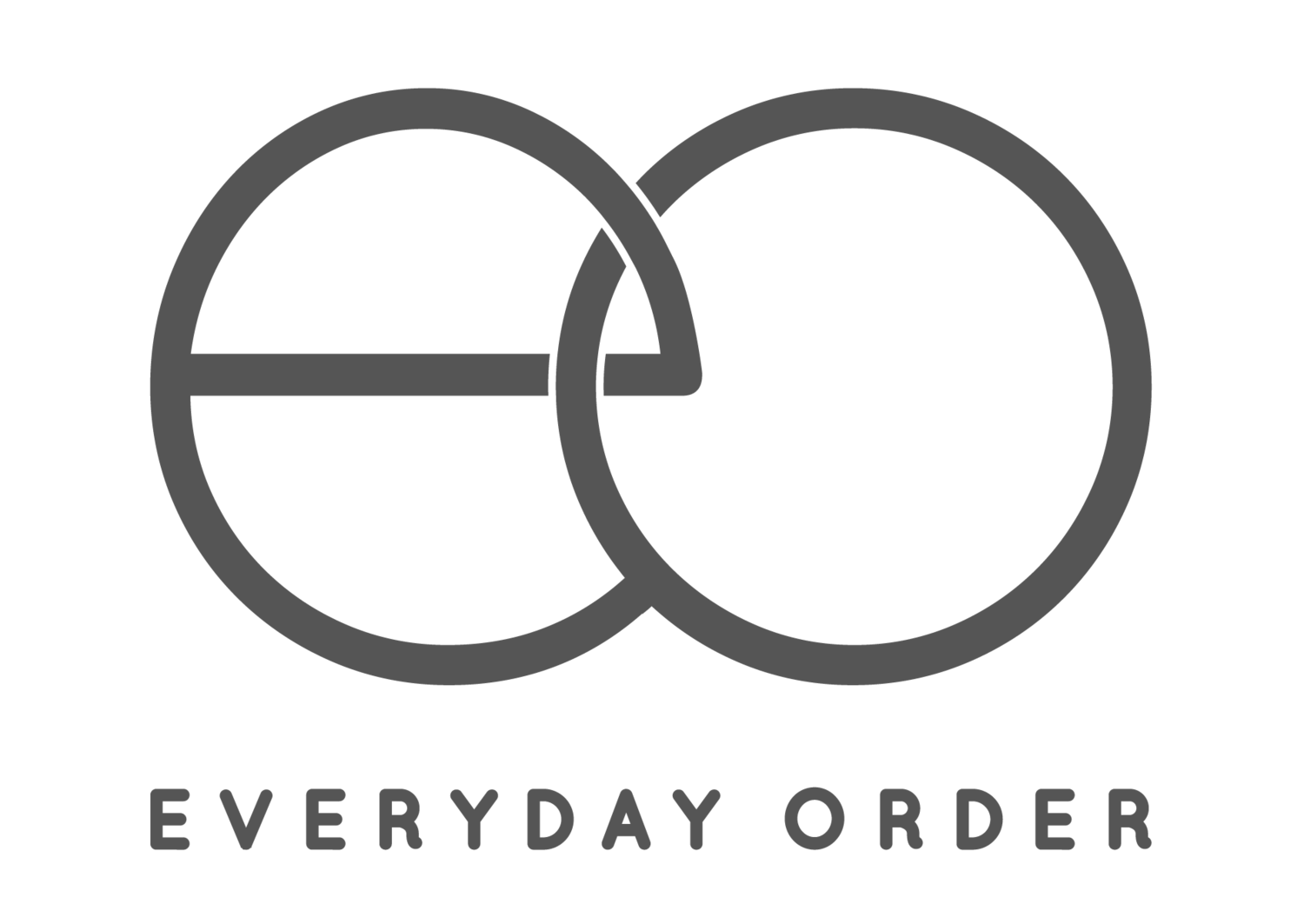Playroom Decluttering Strategies: Making Room for Growth
Keeping a playroom functional and inviting as children grow can feel like an uphill battle. Toys pile up, interests change, and the once-organized space becomes a chaotic jungle. At Everyday Order, we aim to bring more ease and joy into our client’s lives.
Let’s explore strategies to transform your playroom into an organized haven that adapts to your growing family.
Why Decluttering Your Playroom Matters
Encourages Creativity and Focused Play
A cluttered playroom can overstimulate children, making it difficult for them to focus on any one activity. By decluttering, you create a space that encourages imaginative play and helps children fully engage with their toys and activities. That’s a win-win in our book.
Teaches Responsibility
Decluttering is an excellent way to instill a sense of ownership in children. When they participate in organizing their toys, they learn to value their belongings and understand the importance of maintaining order.
Adapts to Growing Needs
Children’s interests and developmental stages change rapidly. A clutter-free playroom ensures that the space remains functional and evolves to meet their current needs, whether they’re transitioning from blocks to art supplies or from pretend play to reading.
Decluttering Strategies for Every Age Group
For Toddlers
Rotate Toys: Limit the number of toys available at one time and periodically switch them out to keep things fresh and engaging.
Keep it Accessible: Store toys at a low height so toddlers can easily see and reach them.
Use Picture Cues: Label bins with pictures to make cleanup intuitive and fun for little ones.
For Preschoolers
Teach Them How to Give: Teach them that some children don’t have any toys and would love a new-to-them toy from their playroom. Ask them which toys they would be willing to give to those in need.
Categorize for Simplicity: Create specific toy zones or categories, such as “building blocks” or “art supplies.” This makes tidying up easier.
For School-Age Kids
Multifunctional Storage: Invest in shelves and bins that can hold a variety of items, such as books, board games, and craft materials. We love the KALLAX from IKEA or the cubbies from Target and Walmart.
Set Decluttering Days: Schedule a donation pickup for a certain date and teach kids the value of giving while keeping clutter in check.
Steps to Declutter Your Playroom
Step 1: Assess the Space
Start by removing everything from the playroom. Group items by type, condition, or frequency of use. This “blank slate” approach helps you see what you’re working with and what needs to go.
Step 2: Purge Unnecessary Items
Use these guidelines to decide what stays and what goes:
Donate or Recycle: Let go of toys that are no longer age-appropriate, duplicates, or unused.
Set Limits: Create boundaries, such as one bin per category, to prevent overaccumulation.
Step 3: Create Zones
Organize the playroom into functional areas that encourage specific types of play.
For example:
Art Zones: Include a small table, washable markers, and paper.
Building Zones: Use bins or drawers for blocks and construction toys.
Pretend Play Zones: Dedicate a corner for costumes and props.
Step 4: Maintain the Decluttered Space
Decluttering isn’t a one-time event.
Keep your playroom organized by:
Scheduling Regular Check-Ins: Revisit the playroom every few months to remove items that are no longer used.
Establishing Cleanup Routines: Teach kids to return toys in their designated spots after playtime.
Tips for Long-Term Success
1. Implement a Toy Rotation System
Store some toys away and rotate them every few weeks. This keeps the playroom fresh without adding new clutter.
2. Invest in Adaptable Storage Solutions
Opt for furniture that grows with your child, such as the cubbies we love. This ensures your storage system remains functional as needs change.
3. Embrace Minimalism
Focus on quality over quantity. Instead of buying lots of toys, invest in a few versatile, high-quality items that inspire creativity and offer long-term value. Our favorites are Magnatiles, LEGOs and schleich® animals!
Involving Children in the Process
Age-Appropriate Involvement
Empower children to take charge of their space.
Toddlers: Guide them with simple instructions, like “Let’s put the blocks back in the red bin.”
Preschoolers: Involve them in sorting and decision-making, using simple categories like “keep” and “donate” for some categories. We still recommend you declutter while the children are not home as they can often see a toy they “love” and “can’t part with” even though they haven’t played with it in a year.
School-Age Kids: Give them more responsibility by allowing them to organize zones and decide on storage solutions. At this age, the children may grasp what to donate and what to keep.
Gamify the Process
Turn decluttering into a fun activity. For example:
Set a timer and challenge your child to tidy up before it rings.
Create a scavenger hunt for items that belong in specific zones.
Conclusion
A well-organized playroom isn’t just about aesthetics; it’s a space where children can thrive, explore, and grow. By decluttering, you create an environment that fosters creativity, responsibility, and adaptability. Start small, involve your children, and use these strategies to make playroom decluttering a stress-free process
Ready to begin your decluttering journey and need some help? Schedule your call today!
Want more decluttering ideas? Subscribe to our newsletter and download our free organization guide!
